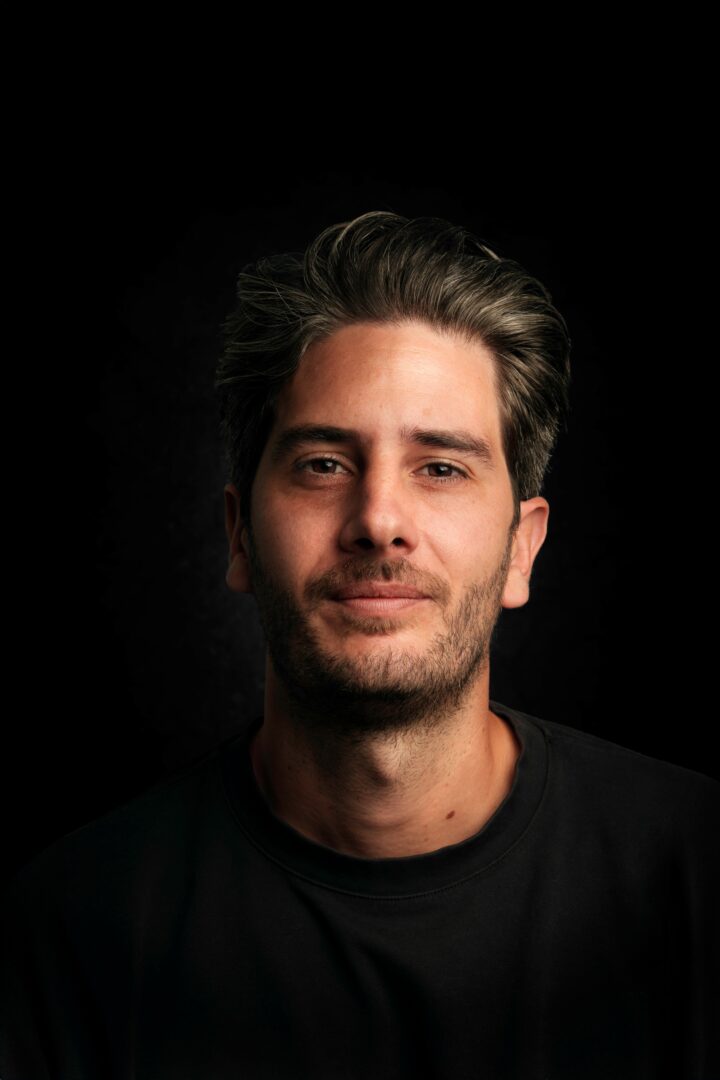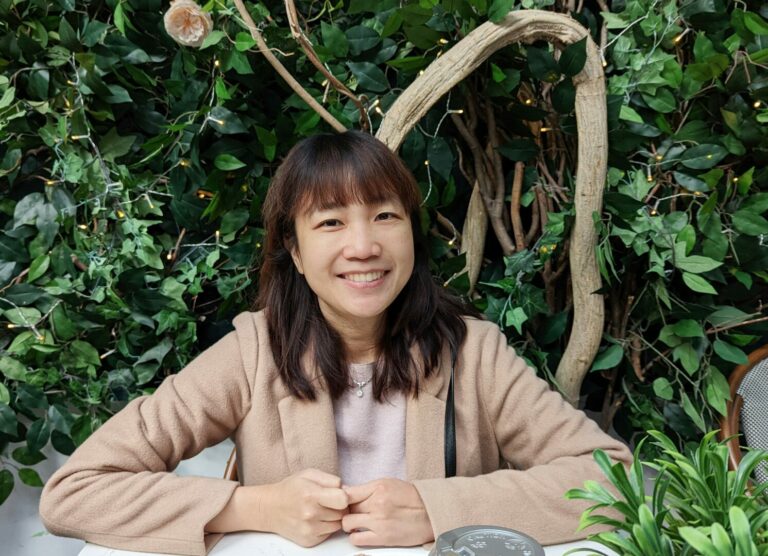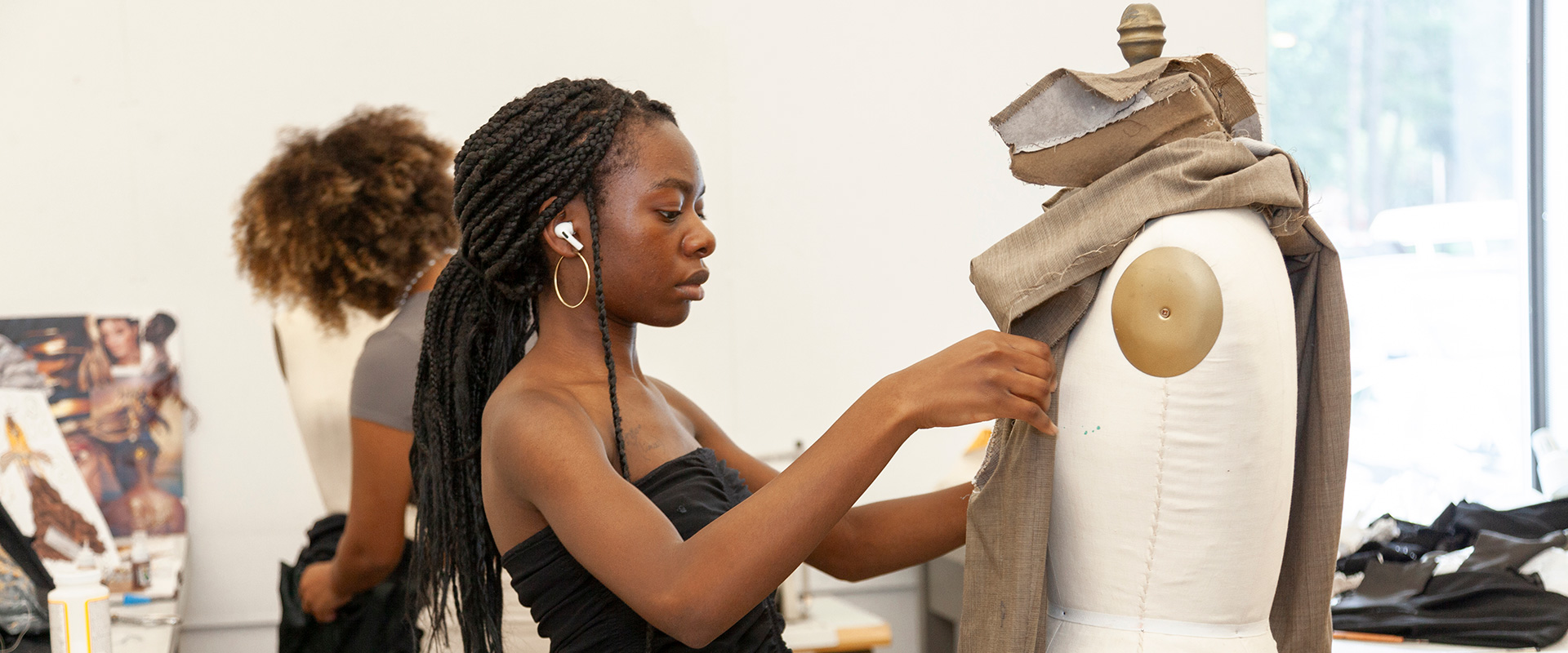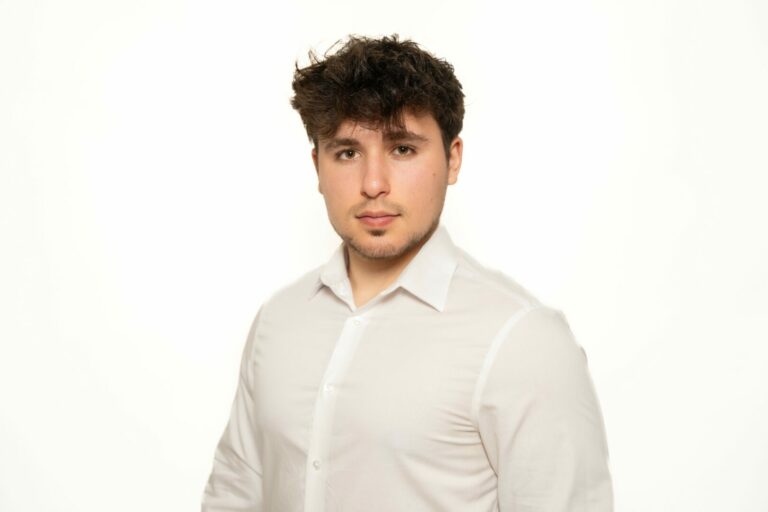We’re excited to introduce you to the always interesting and insightful Wayan Barre. We hope you’ll enjoy our conversation with Wayan below.
Wayan, so good to have you with us today. We’ve always been impressed with folks who have a very clear sense of purpose and so maybe we can jump right in and talk about how you found your purpose?
Documentary photography has opened doors to worlds I would have never been able to enter otherwise. It has allowed me to connect with people whose experiences might have remained distant, giving me the privilege of witnessing their realities up close. I feel incredibly lucky for this—every project teaches me something new, whether about history, resilience, or the strength of communities facing adversity.
I discovered my direction by following the stories that needed to be told. Photography has always been a way for me to engage with the world, but it wasn’t until I started documenting communities affected by environmental and social injustices that I understood the deeper role I wanted to play. The camera gives me access, but it’s the relationships built along the way that shape the work.
Moving to the U.S. from France, I became drawn to places where history and struggle intersect, particularly in Louisiana and the American South. My long-term projects, whether focused on Cancer Alley or the Missing and Murdered Indigenous Relatives crisis, have all been shaped by this need to document resilience in the face of adversity.
I’m still figuring things out as I go. Each encounter, each story shared with me, deepens my understanding of the work and pushes me to keep going.
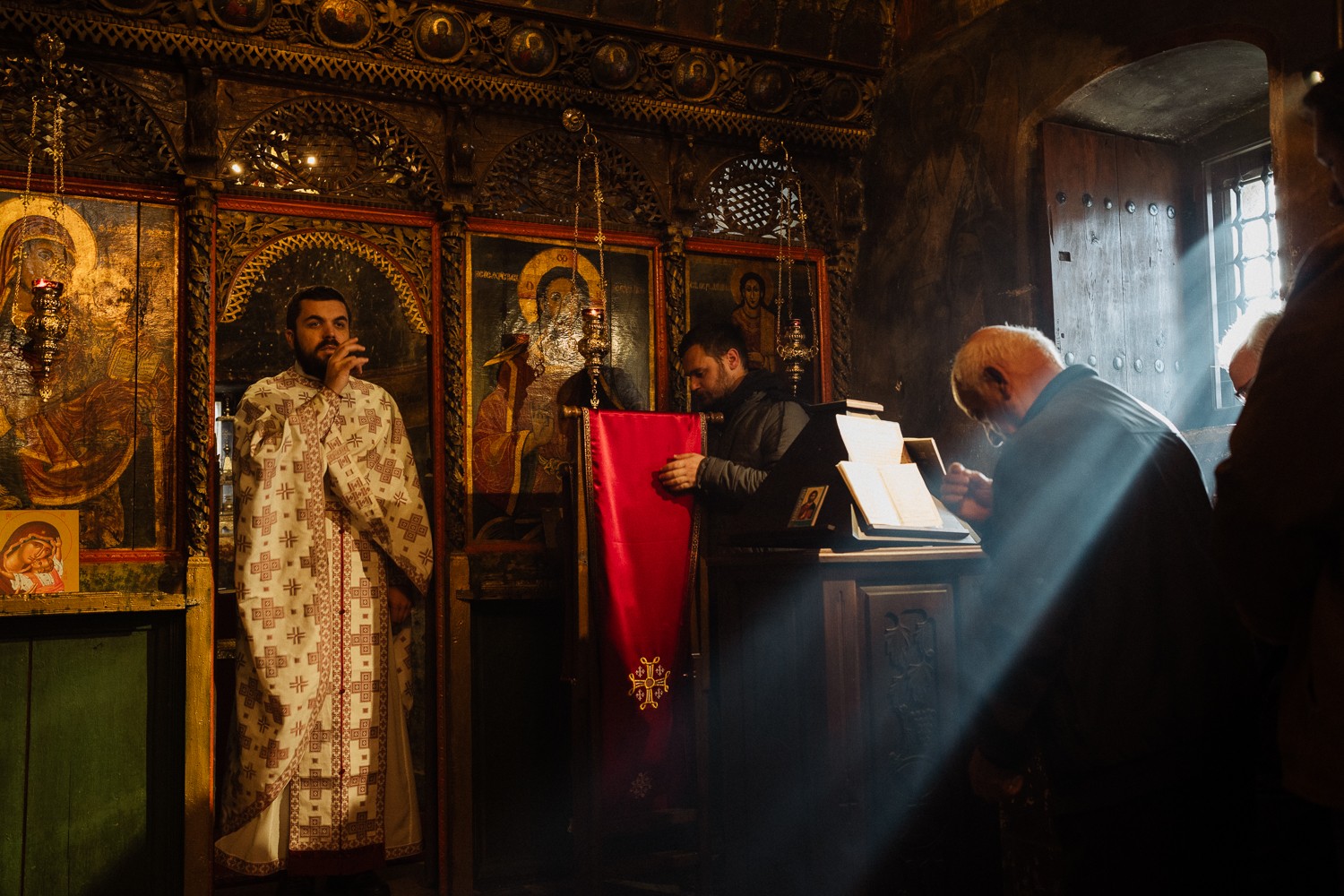
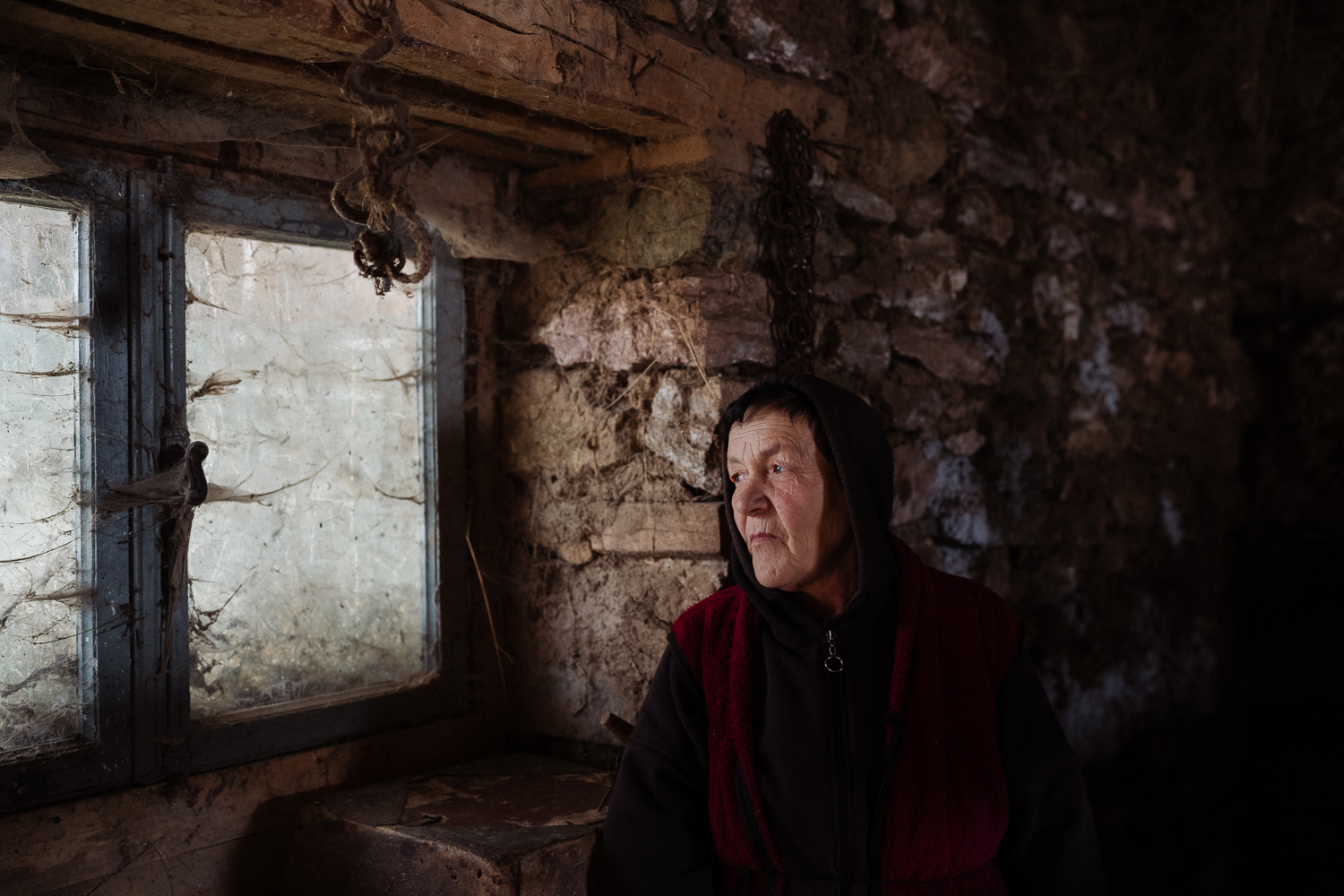
Appreciate the insights and wisdom. Before we dig deeper and ask you about the skills that matter and more, maybe you can tell our readers about yourself?
I am a documentary photographer focused on long-term projects that explore environmental and social justice issues, as well as communities facing political uncertainty and historical conflict. My work often takes me to places where resilience and struggle intersect, whether in Louisiana’s Cancer Alley, Indigenous communities fighting for justice, or Kosovo, where Serbs continue to live in isolated enclaves.
In Louisiana, I have spent years documenting Cancer Alley, where industrial pollution has had devastating effects on local communities, particularly Women of color leading the fight for environmental justice. Another ongoing project focuses on the Missing and Murdered Indigenous Relatives (MMIR) crisis, spending time with families searching for their loved ones. These projects are not just about photography—they require time, trust, and understanding the deeper context of each story.
Kosovo has also been an important focus of my work. I have documented the daily lives of Serbs living in enclaves, cut off from the rest of society, navigating uncertainty in a region still shaped by the legacy of war. Their attachment to their land, their struggle to preserve their identity, and the tensions surrounding their presence in Kosovo are all central to this project.
Beyond the field, being a member of The Raw Society has been an essential part of my growth as a photographer. It’s an incredible community of visual storytellers that has kept me motivated and inspired. Documentary photography can sometimes be solitary work, but having the support, guidance, and exchange of ideas within this group has been invaluable.
Right now, I’m preparing for the publication of Behind the Plants, my photo essay on Cancer Alley, which will be featured in Scalawag Magazine as part of their Black History Month series. I’m also continuing to develop my MMIR and Kosovo projects, looking for opportunities to expand the reach of these stories.
For those interested in my work, you can find more on my website: wayanbarre.com.
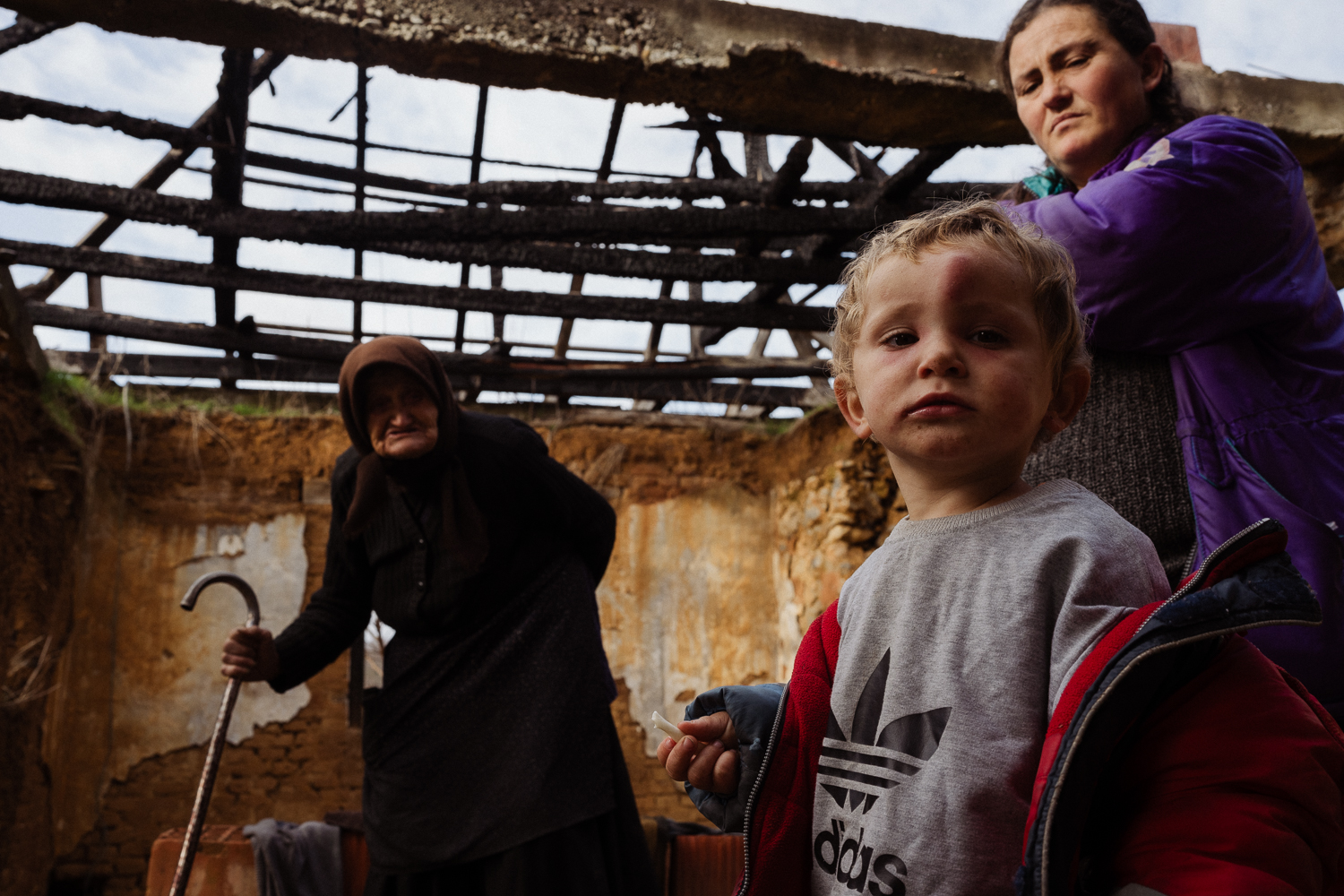
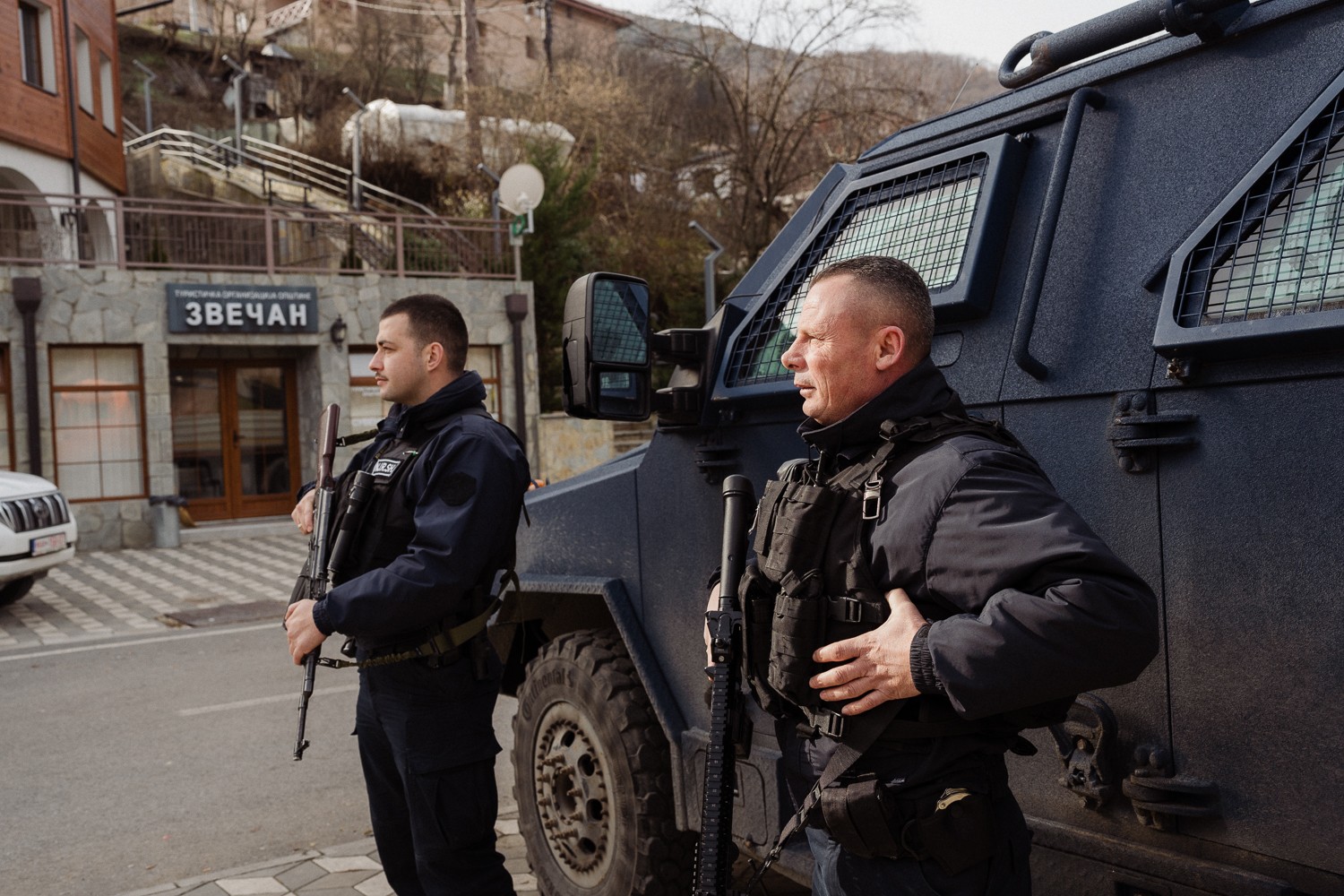
Looking back, what do you think were the three qualities, skills, or areas of knowledge that were most impactful in your journey? What advice do you have for folks who are early in their journey in terms of how they can best develop or improve on these?
Looking back, three qualities have been most impactful in my journey as a documentary photographer: curiosity, patience, and adaptability.
Curiosity
Curiosity is what drives me to seek out stories, ask questions, and go beyond the surface. It has led me to unexpected places and helped me connect with people whose experiences I might never have otherwise encountered. For those starting out, my advice is to stay open—read widely, listen deeply, and let your curiosity guide you. The more you learn, the more layers you’ll uncover in the stories you tell.
Patience
Building trust and understanding takes time. Whether working in Cancer Alley, with Indigenous families searching for their missing relatives, or with Kosovo Serbs navigating an uncertain future, I’ve learned that the most meaningful images come from genuine relationships. If you’re early in your journey, don’t rush the process. Spend time with people without the camera, be present, and let the story unfold naturally.
Adaptability
Things rarely go as planned. Situations change, access can be unpredictable, and the story you set out to tell may evolve into something entirely different. Being adaptable—both technically and mentally—has been essential. My advice is to embrace uncertainty and remain flexible. The ability to work with what’s available, whether it’s light, access, or timing, often leads to the most compelling work.
No matter where you are in your journey, these three qualities will help shape not just your photography, but your understanding of the world and the people you document.
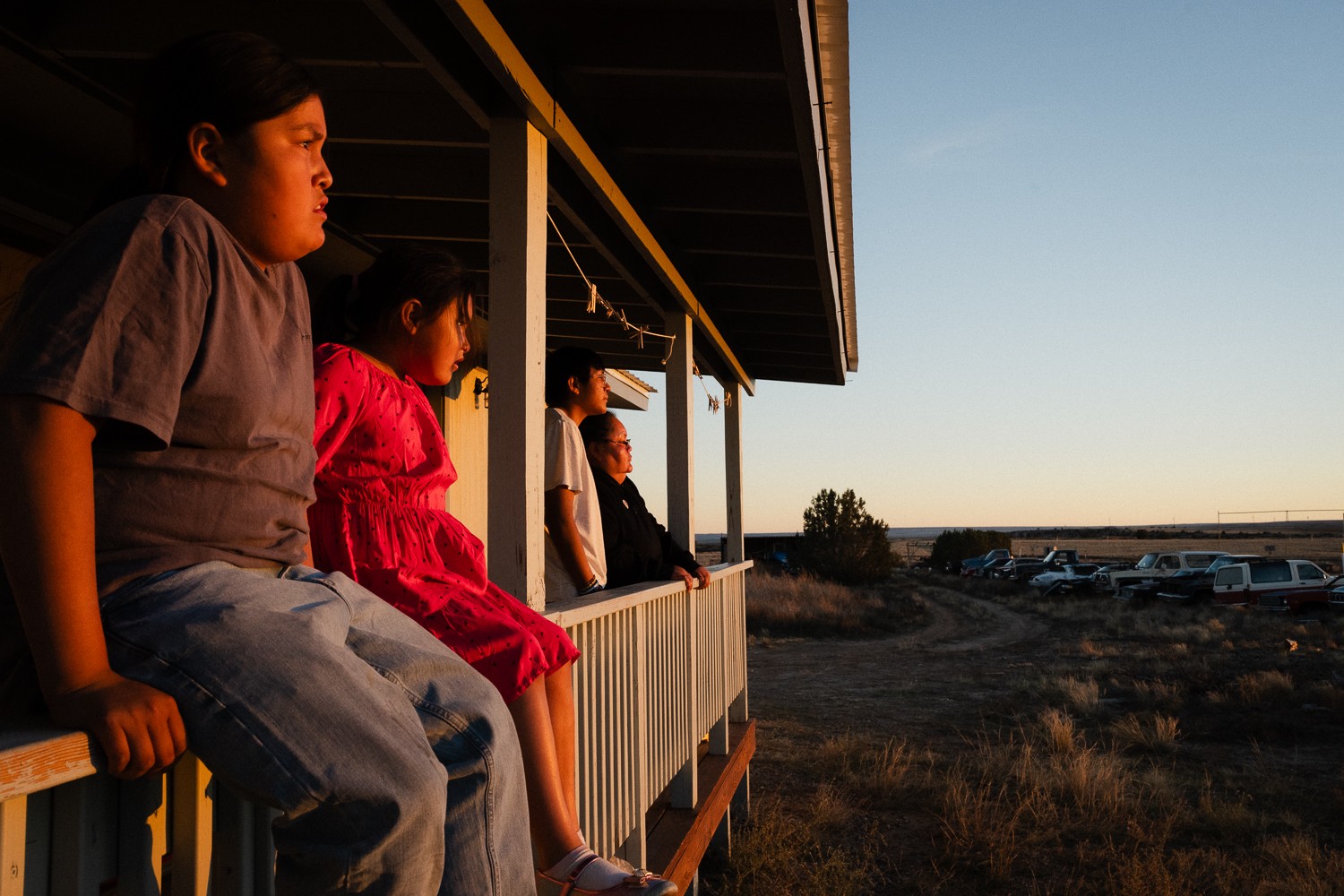
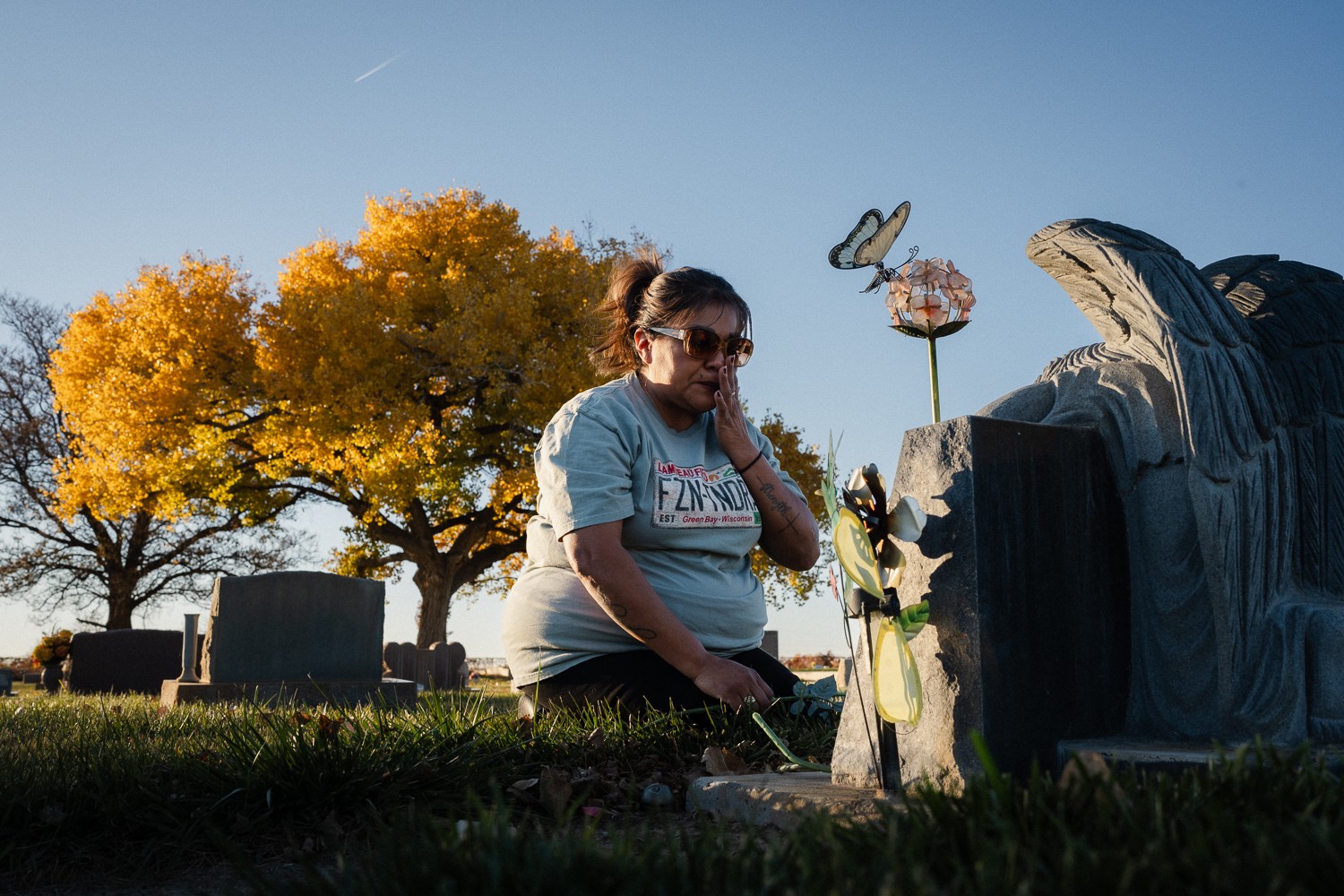
What is the number one obstacle or challenge you are currently facing and what are you doing to try to resolve or overcome this challenge?
One of the biggest challenges I face is staying motivated, especially when facing setbacks like grant rejections, long periods without assignments, or investing in projects that don’t get published. Documentary photography is a long game, and there are moments when it feels like the effort outweighs the results.
To push through, I remind myself why I started. The work isn’t about external validation—it’s about the people and stories that matter to me. Still, financial and professional obstacles are real, so I try to navigate them in different ways. I apply for multiple grants knowing that rejection is part of the process, and I look for alternative ways to share my work, whether through independent publications, exhibitions, or collaborations.
Being part of The Raw Society has also been a huge help. Having a community of photographers who understand these struggles keeps me motivated. Conversations with peers, seeing their work, and exchanging ideas remind me that I’m not alone in this.
In the end, I’ve learned that persistence is key. Not every project will be immediately recognized, but that doesn’t mean it wasn’t worth doing. I just keep going, trusting that the work will find its place.
Contact Info:
- Website: https://wayanbarre.com
- Instagram: https://instagram.com/wayanbarre
- Linkedin: https://www.linkedin.com/in/wayan-barre-1a736816/
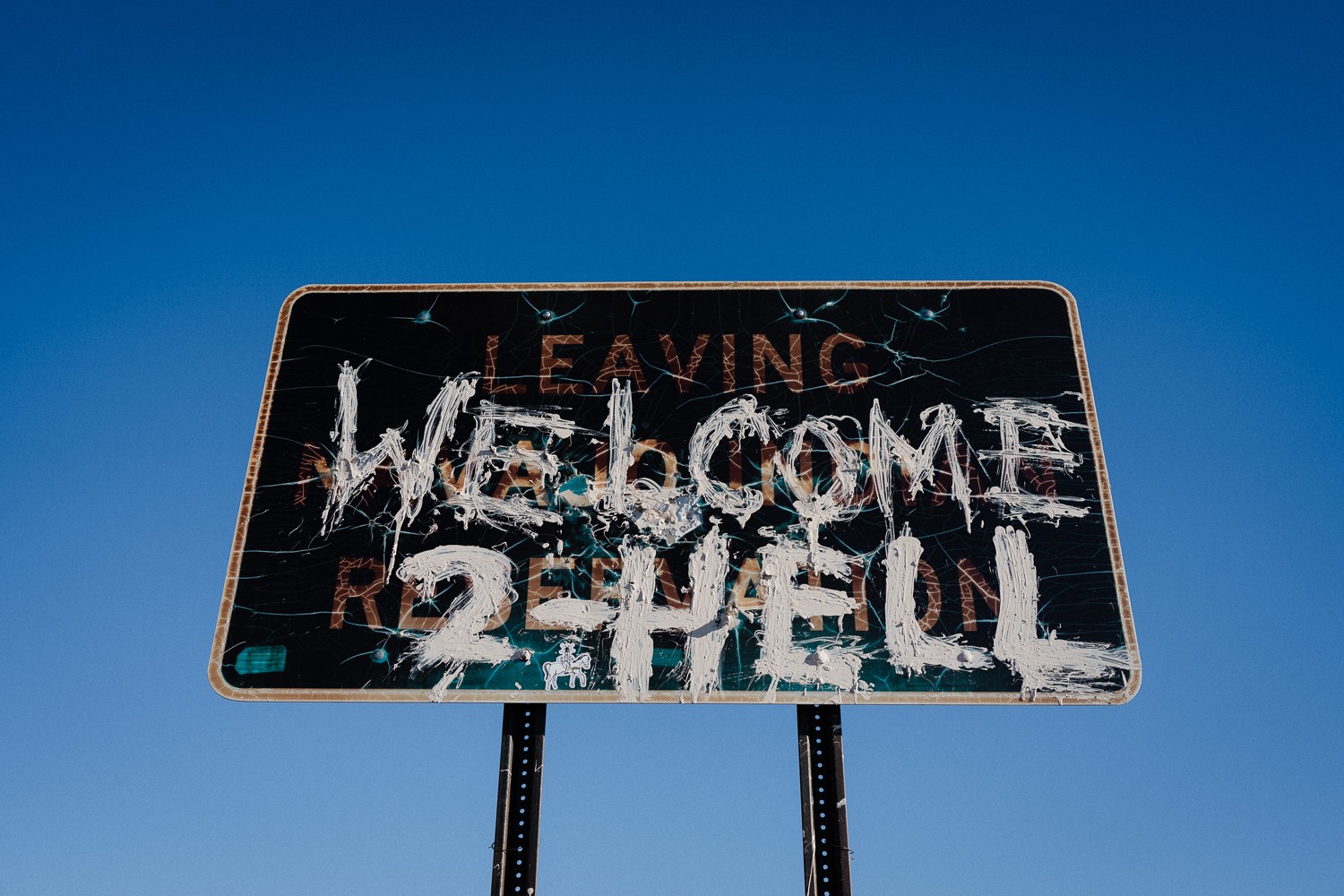
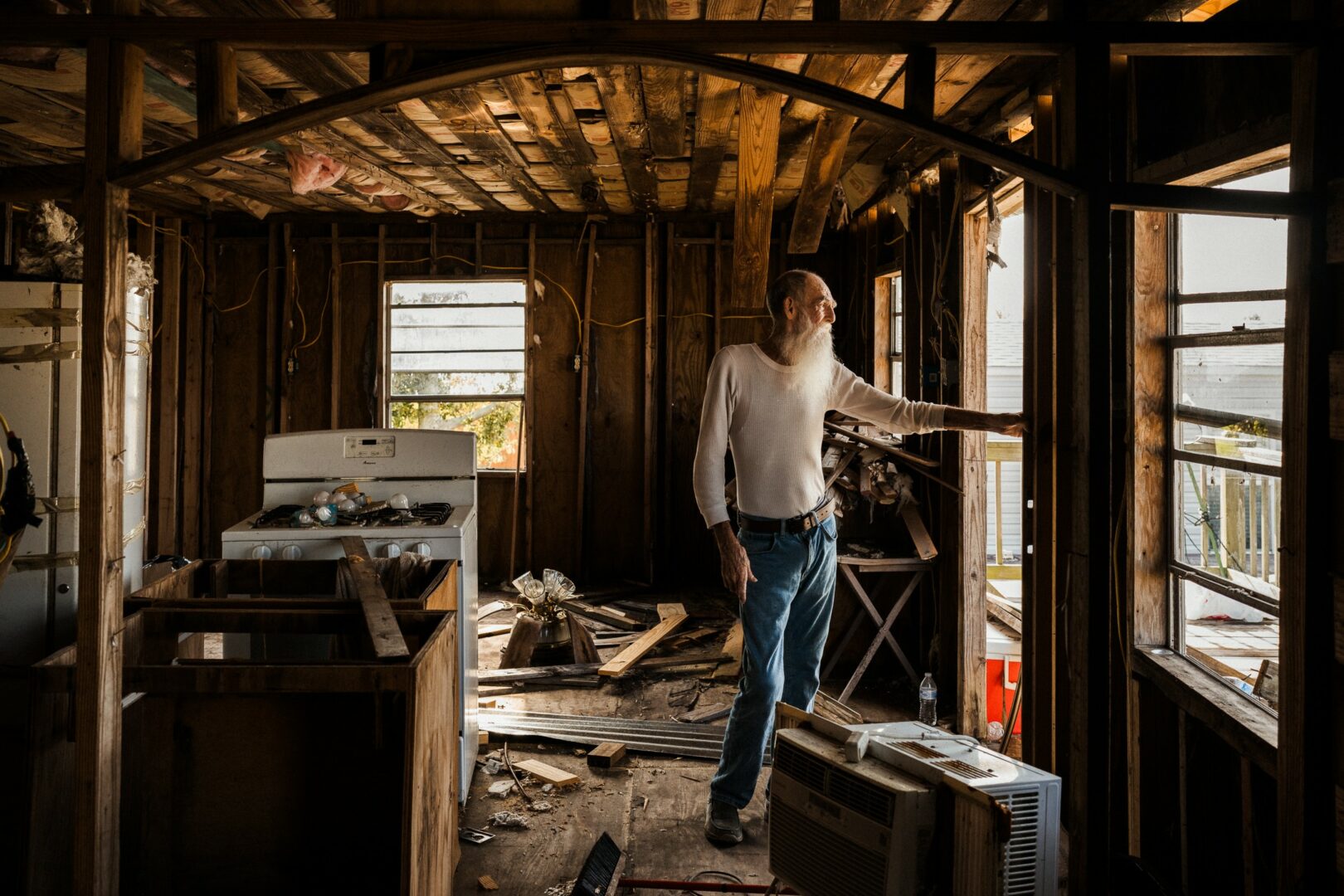
Image Credits
Wayan Barre
so if you or someone you know deserves recognition please let us know here.

